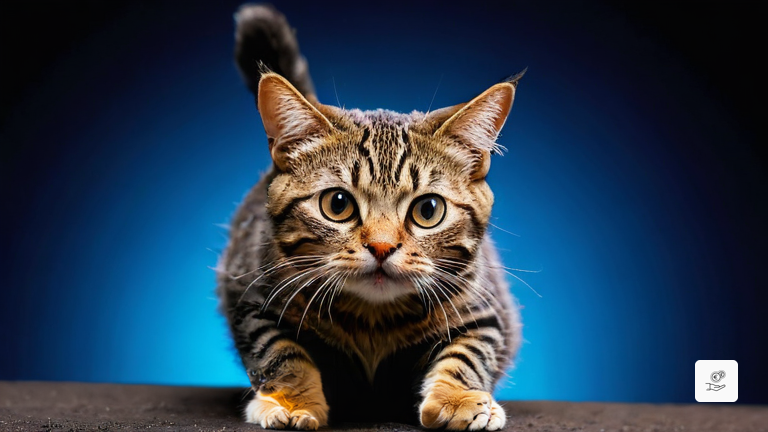Unveiling the Enigmatic Dead Cat Bounce: A Guide for Navigating Market Volatility

Introducing the Dead Cat Bounce: A Glimpse into Market Dynamics
In the realm of finance, the term “Dead Cat Bounce” holds a peculiar charm, captivating the imagination with its intriguing name. This enigmatic expression, coined in the mid-1980s, has become an indispensable tool for traders and investors seeking to decipher the complexities of volatile market conditions.
Defining the Dead Cat Bounce
The Dead Cat Bounce refers to a temporary reprieve in the price of an asset following a prolonged decline. It implies that the initial downturn is genuine, and the subsequent recovery is merely a fleeting illusion, foreshadowing a continuation of the downward trend.
This temporary upswing is akin to the momentary bounce of a lifeless feline dropped from a great height. Hence, the term “Dead Cat Bounce” aptly captures the ephemeral nature of this price movement.
Spotting the Dead Cat Bounce: A Guide for Market Participants
Discerning a Dead Cat Bounce requires a keen eye for market patterns and an understanding of the underlying forces driving price movements. Here’s a comprehensive guide to help you identify this elusive phenomenon:
– **Scrutinize Past Patterns**: While each Dead Cat Bounce exhibits unique characteristics, certain patterns tend to recur. By studying historical data, traders can develop an intuitive sense for recognizing these patterns.
– **Identify Significant Declines**: The first step in spotting a potential Dead Cat Bounce is to observe a substantial and sustained decline in the price of an asset. This sharp drop sets the stage for the subsequent bounce.
– **Look for Temporary Recovery**: After the initial decline, watch for a brief and temporary uptick in price. This rebound is typically short-lived and fails to match the magnitude of the preceding drop.
Unveiling the Causes: Factors Contributing to Dead Cat Bounces
Dead Cat Bounces are not mere coincidences; they stem from a combination of psychological and market forces. Here are some key causes:
– **Speculative Trading**: When an asset’s price plummets, some investors may speculate that it has reached its nadir, leading them to buy at what they perceive as a bargain. This speculative buying can temporarily inflate the price, creating a bounce.
– **Short Covering**: Investors who initially sold an asset short, anticipating a price decline, may reverse their positions and buy back the asset to cover their short positions. This activity contributes to the temporary price recovery during the bounce.
– **Pursuit of Oversold Assets**: Certain traders actively seek out oversold assets, believing they represent undervalued opportunities. This buying pressure can lead to a short-term price uptick, resulting in a Dead Cat Bounce.
– **Market Manipulation**: In some cases, Dead Cat Bounces may be orchestrated by market manipulators. These individuals may place large orders to create the illusion of a recovery. However, once the bounce occurs, they often sell their positions, triggering another price drop.
Navigating the Dead Cat Bounce: Tips for Market Participants
While Dead Cat Bounces can be alluring, they also pose risks for unwary traders. Here are some tips to help you navigate these market phenomena:
– **Exercise Caution**: Don’t commit excessive capital to a Dead Cat Bounce. Remember, it’s a temporary phenomenon that can quickly reverse.
– **Identify Optimal Exit Points**: Determine the right time to sell your position. Don’t hold on for too long, as the bounce is likely to fade.
– **Protect Your Profits**: Place a stop-loss order to limit your losses if the market turns against you.
– **Study Market Conditions**: Conduct thorough research and understand the underlying factors driving the Dead Cat Bounce. This knowledge will help you make informed decisions.
Conclusion: Mastering the Dead Cat Bounce
The Dead Cat Bounce is a fascinating phenomenon that can both entice and confound market participants. By understanding its characteristics, causes, and limitations, traders can navigate these temporary price movements with greater confidence. Patience, precision, and a keen eye for market dynamics are essential qualities for those seeking to capitalize on the Dead Cat Bounce.




